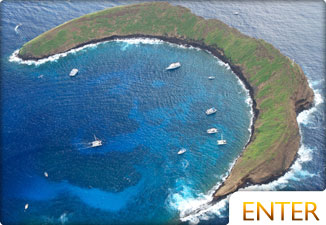Maui > Kaho’olawe

Almost 7 miles off of the southwest coast of Maui, sits the smallest Hawaiian Island, Kahoʻolawe. Historically known as Kohemalamalama O Kanaloa, Kahoolawe is separated from Maui only by a narrow channel, Kealaikahiki Channel; and has a drastically different history from the Valley Isle. Being low in elevation contributes to the dry and arid conditions found there.
Hawaiians first began to settle on the island around 400 A.D. Kahoʻolawe is well known for its strategic importance as far as learning and studying Navigation from stars. Fishermen and farmers inhabited this sacred island for over a thousand years before the island population began to descend. With the lack of fresh water, prevalent wars, and disease, Kahoolawe became less desirable to live on.
See Kahoʻolawe Map.
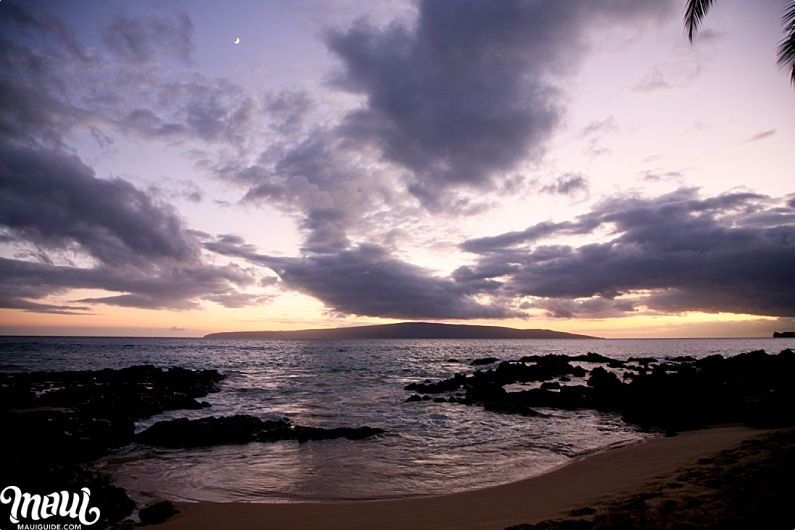
Kahoolawe History
In 1832, King Kamehameha III of Hawaii Island discontinued the death penalty in favor of exile to Kahoʻolawe Island. The penal colony was disbanded in 1853, after which the Hawaiian Government began to lease the land to ranchers. With overgrazing of livestock, the island lost much of its natural vegetation, and with persistent winds, much of the topsoil was blown away leaving Kahoʻolawe Island as an environmental wasteland.
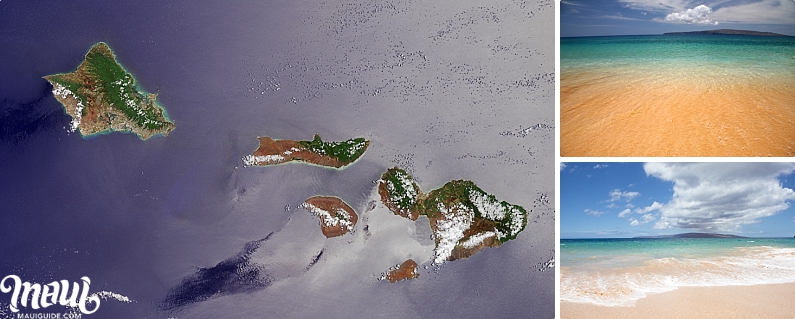
In 1920, the US military began using the coastline for target practice. In 1939, the southern part of Kahoʻolawe was leased to the military as an artillery range. Pearl Harbor was attacked in 1941 beginning a period of martial law by the United States Government. For the next 53 years, Protect Kahoʻolawe Ohana (PKO) underwent numerous legal battles and protests to allow for their return to the island. All the while the military continued to train and bomb the island as the PKO made small victories. In 1994, Kahoʻolawe was finally given back to Hawaii along with a $400 million fund to clean up the island. This same year, Kahoʻolawe and its surrounding waters were made into the Kahoolawe Island Reserve and the Kahoolawe Island Reserve Commission (KIRC) was formed to manage it.
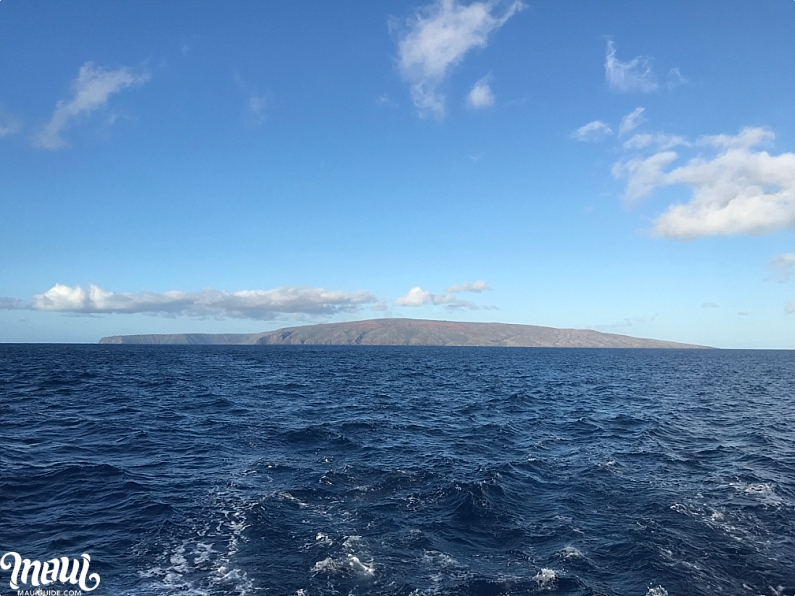
Today the island is undergoing constant removal of unexploded military explosives, as well as restoration of native vegetation. It is thought that much of the surface has been cleared, but only to a particular depth. It is unknown exactly how deeply the island has been affected by over half a century of military destruction. Much of the island is still said to be unsafe for human access.
The future of Kahoʻolawe Island is brimming with hope. The goal of the PKO and the KIRC is the full restoration of the island and the institution of regular education about Hawaiian culture for Hawaiians.
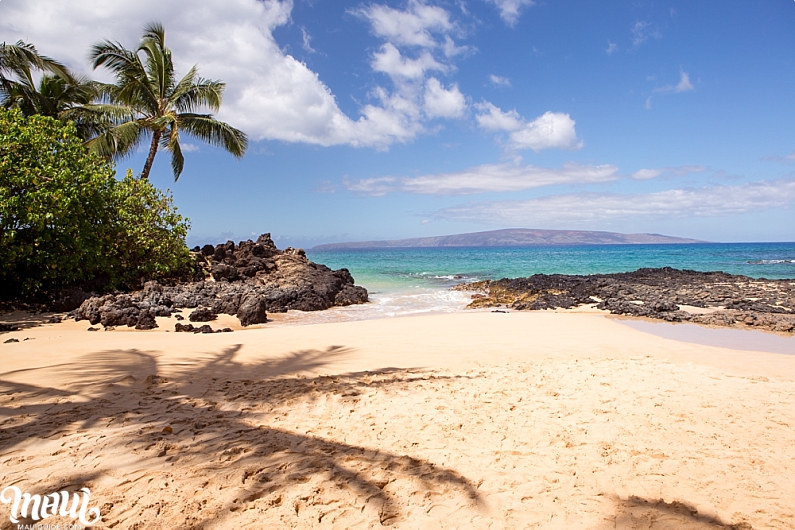
If you’re interested in contributing to the rehabilitation of the Kahoʻolawe Island Reserve, please make a tax-deductible donation to the Kahoʻolawe Rehabilitation Trust Fund or volunteer on Kahoʻolawe.

